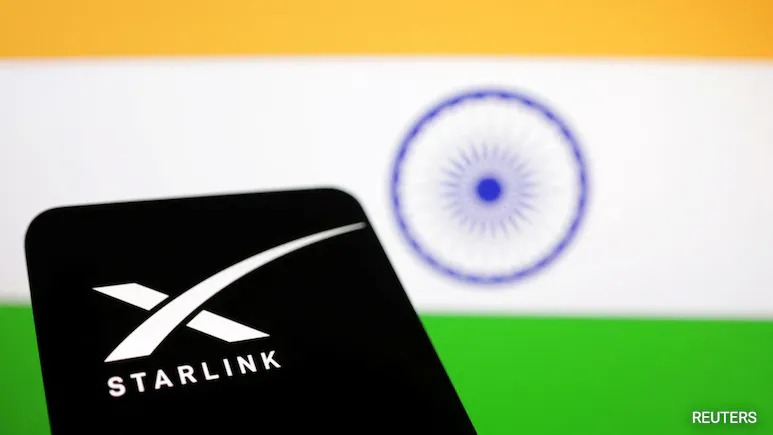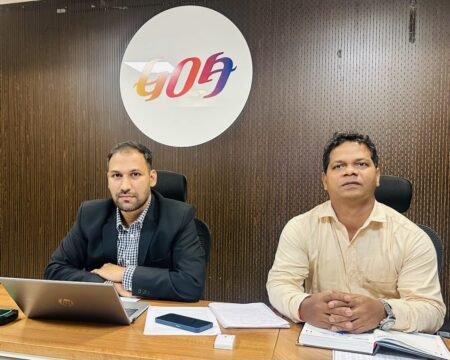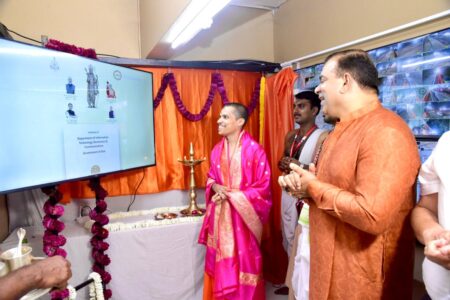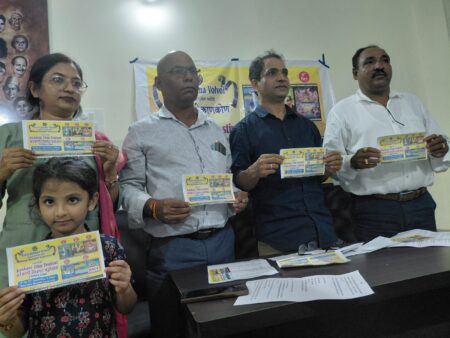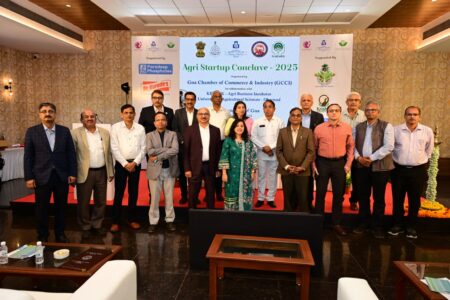New Delhi: In a major boost to satellite communication services in India, Elon Musk-led Starlink has been granted a Unified License to offer satellite-based internet connectivity in the country. Announcing the development, Union Telecom Minister Jyotiraditya Scindia confirmed that frameworks for spectrum allocation and ground gateway installations are already in place to ensure a smooth rollout of Starlink’s services.
The announcement came on the eve of the 30th anniversary of India’s first cellular call, made in 1995. Alongside Starlink, other major players like Bharti Group-backed Eutelsat OneWeb and Jio SES are also awaiting final spectrum allocation to commence their satellite communications operations.
Highlighting India’s digital transformation under Prime Minister Narendra Modi’s leadership, Mr. Scindia noted that telecom and internet penetration has reached unprecedented levels. Telephone connections now stand at 1.2 billion, while internet subscriptions have soared by nearly 286% to 970 million. Broadband usage has seen an exponential rise—up by 1,450%—from 60 million in 2014 to 944 million users in 2025. Additionally, the cost of mobile data has plummeted by 96.6%, making India the most affordable market globally, with an average cost of just ₹8.9 per GB.
The minister also underscored the turnaround of state-run BSNL, which has posted consecutive net profits of ₹262 crore and ₹280 crore in FY 2024–25 for the first time in 18 years. Over 83,000 4G sites have been deployed—74,000 of which are already operational—using fully indigenous technology. Enhanced infrastructure and AI-driven systems have significantly improved service standards and response times across the network.
India’s rapid 5G expansion was another major highlight, covering 99.6% of districts with 4.74 lakh towers and over 300 million users. The country also leads globally in per capita 5G consumption at 32 GB per month and is among the top six nations in 6G patent filings. Investments under the Production Linked Incentive (PLI) scheme have reached ₹4,305 crore, generating over ₹85,000 crore in sales and creating more than 28,000 jobs. Foreign direct investment (FDI) in the sector has nearly tripled, increasing from USD 282 million to USD 710 million.
Industry leaders welcomed the milestone. SP Kochhar, Director General of the Cellular Operators Association of India (COAI), said India’s telecom sector has evolved into the world’s second-largest market, with over 1.2 billion subscribers and world-class infrastructure. He noted that the country has moved from 2G beginnings to achieving over 99% district-wide coverage in 5G.
HFCL Managing Director Mahendra Nahata emphasized how India, once a follower in 2G and 3G eras, has now emerged as a global leader with the fastest 5G rollout. He expressed confidence in India’s ambition to not only adopt but also define global standards for 6G technology.
Echoing this vision, Paritosh Prajapati, CEO of GX Group, hailed the growing self-reliance of India’s telecom sector. He credited initiatives like the PLI scheme for transforming India into not just a consumer but also a designer and manufacturer of cutting-edge telecom technologies. Looking ahead, he said the next three decades could truly belong to a self-reliant India leading innovation on the global stage.
Sorry, there was a YouTube error.


